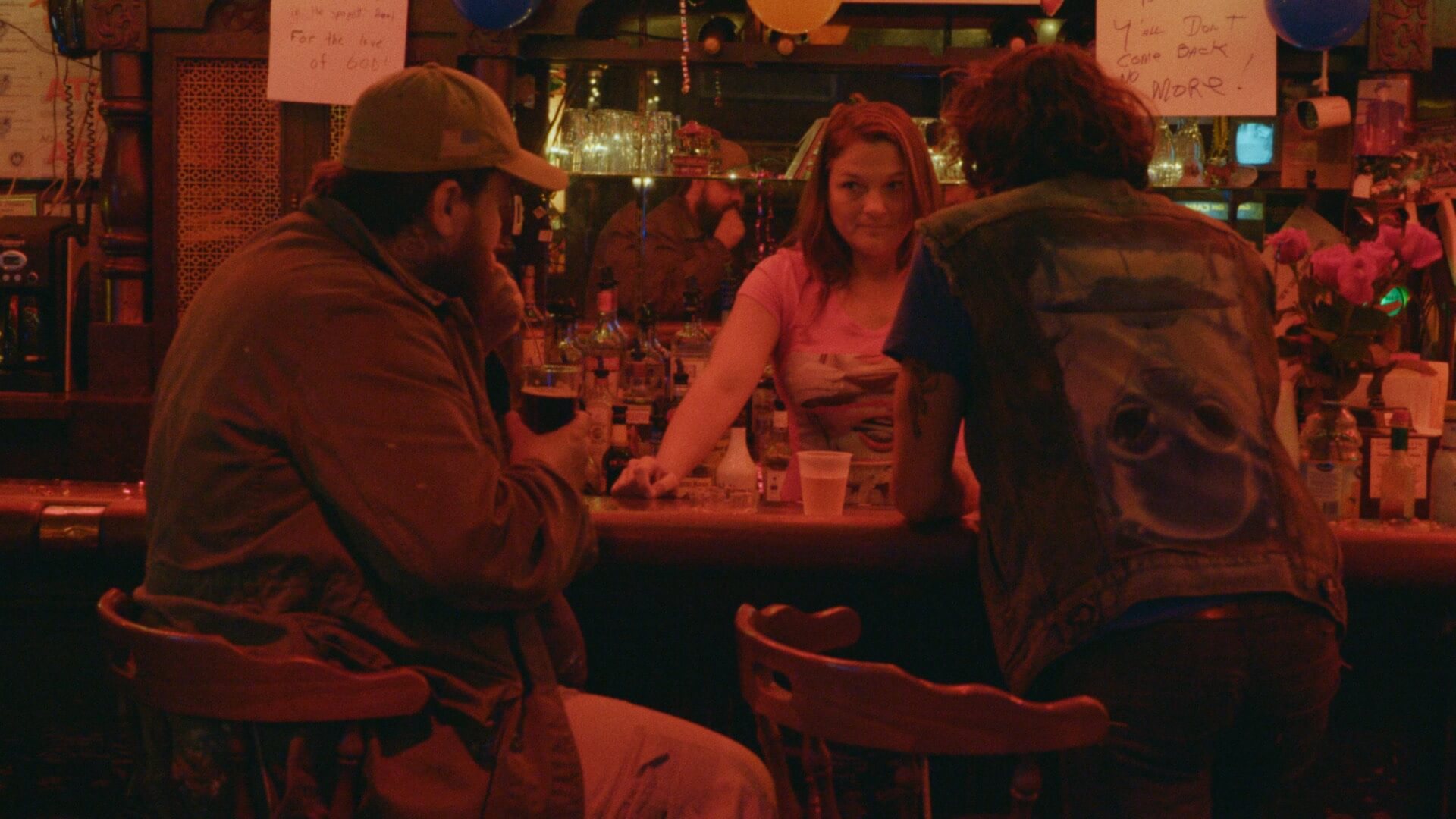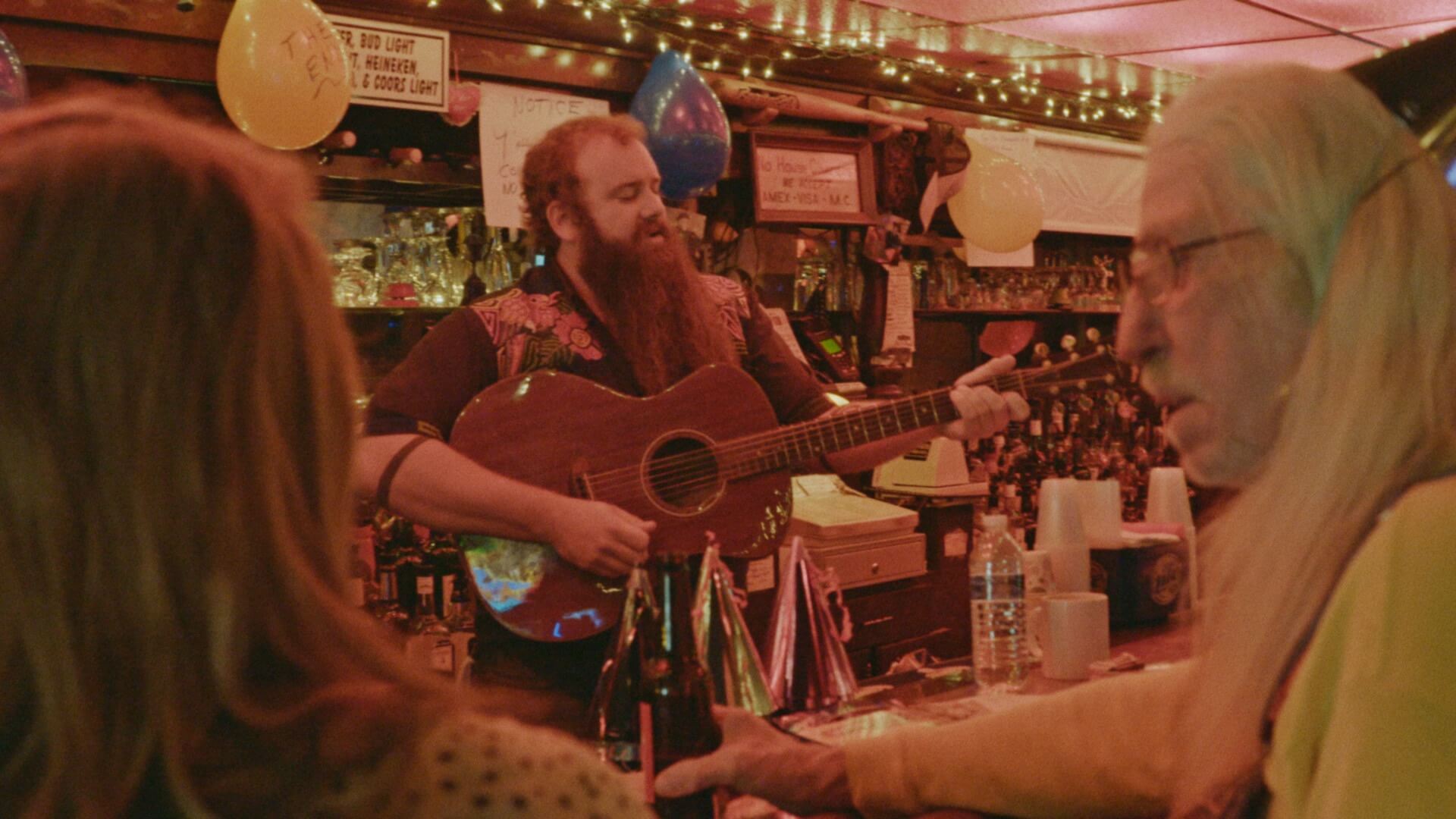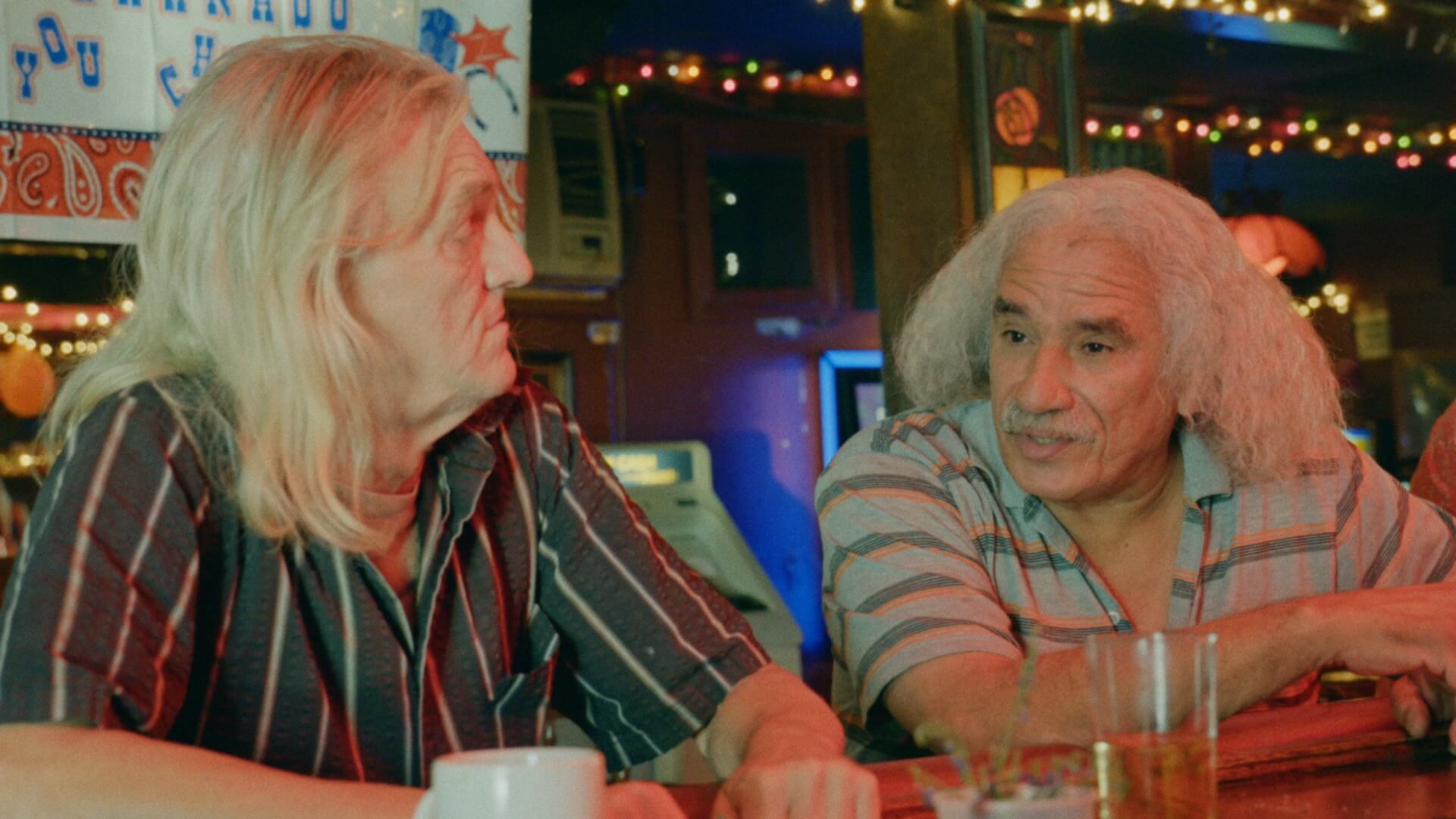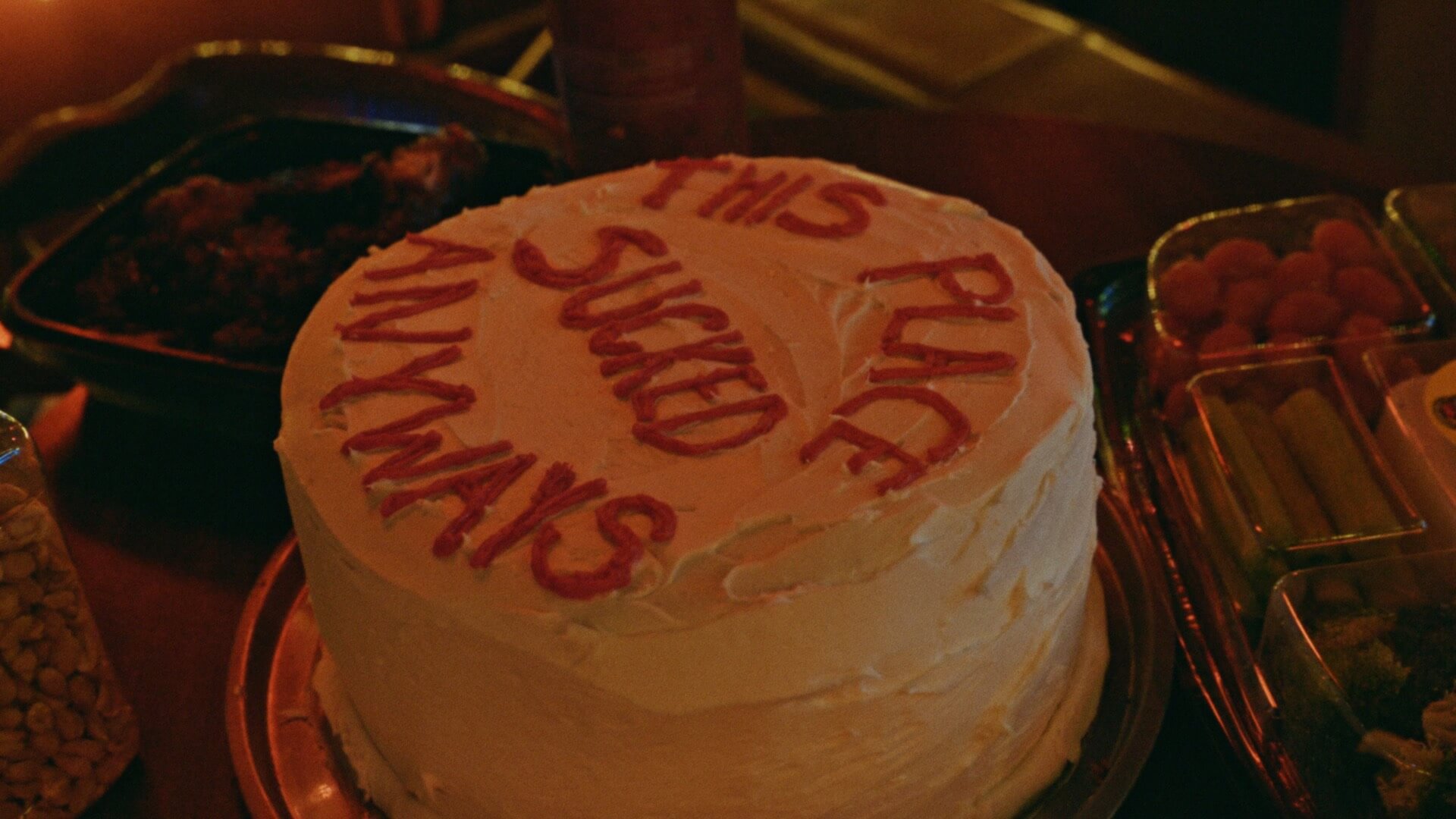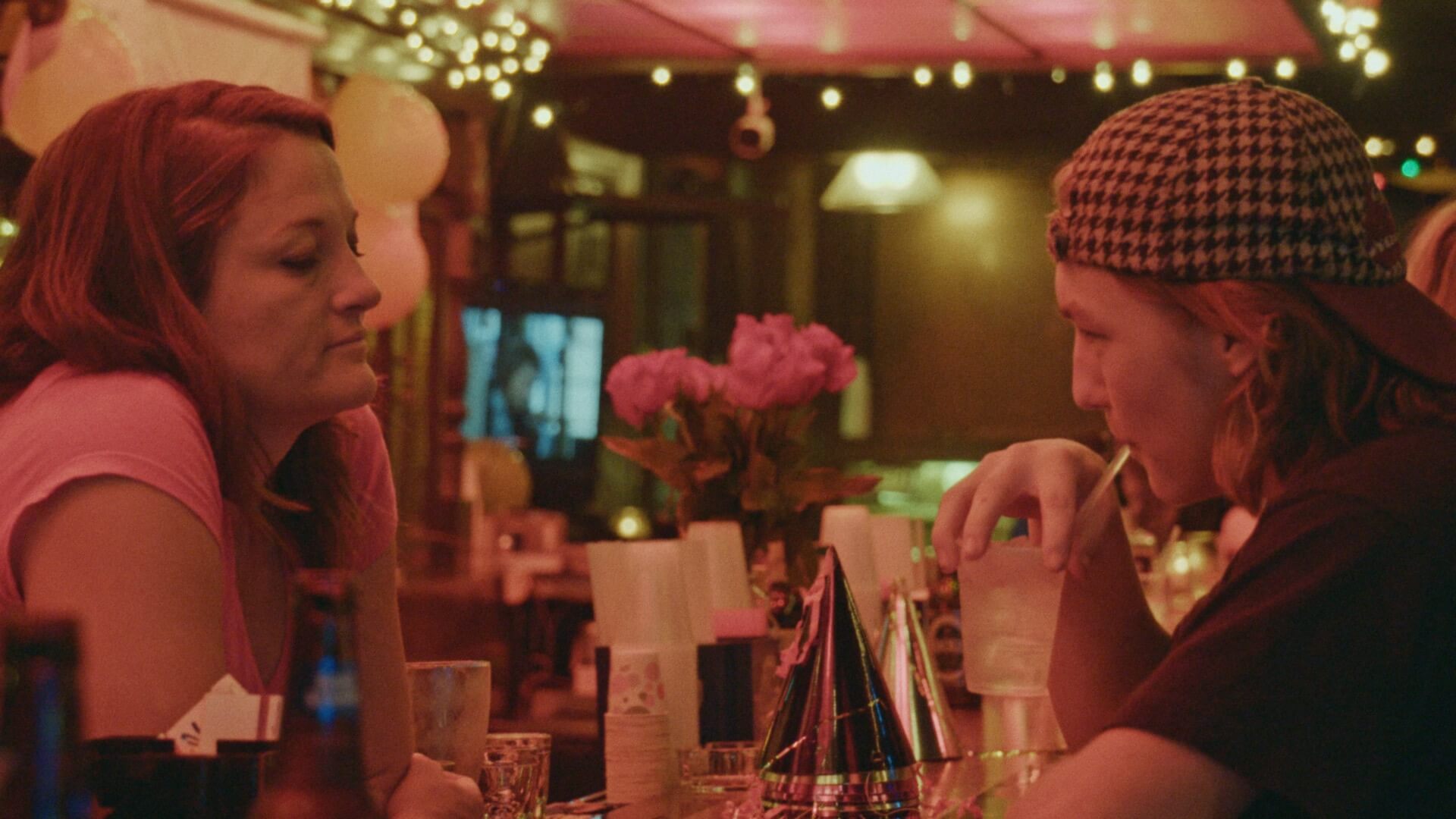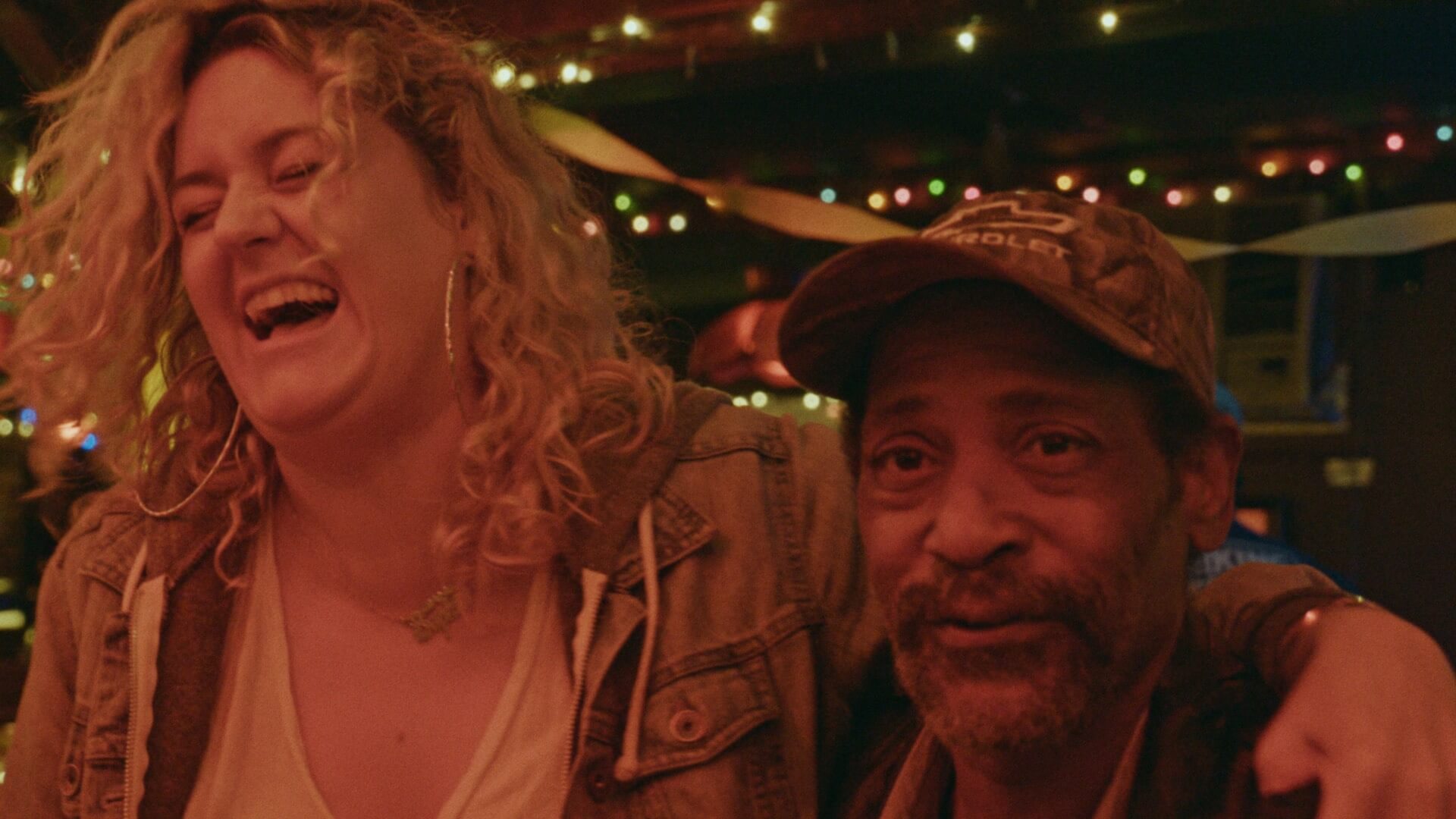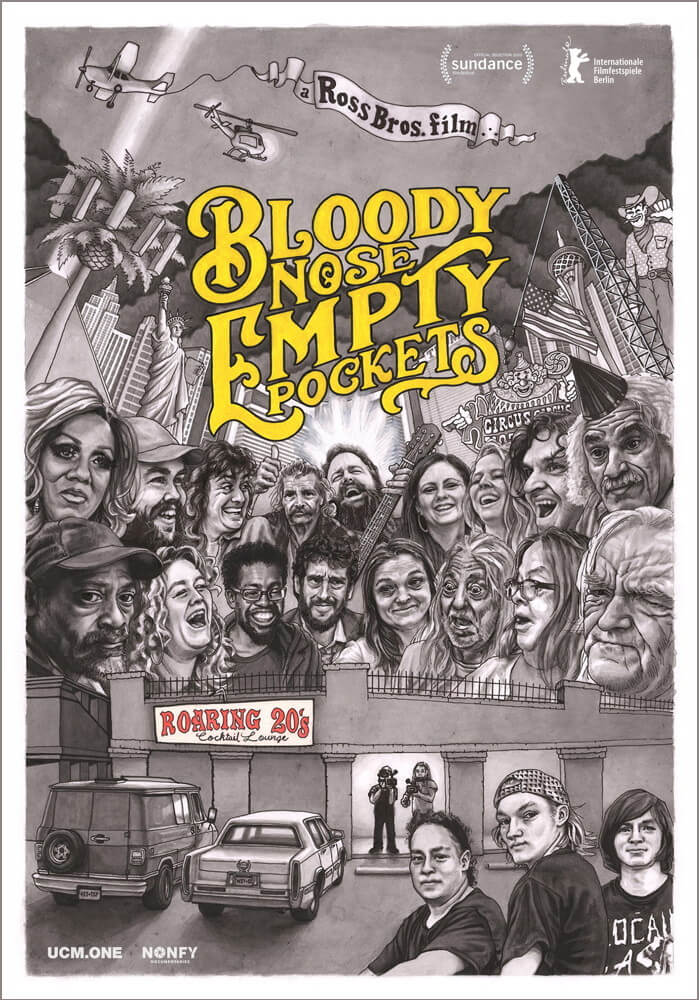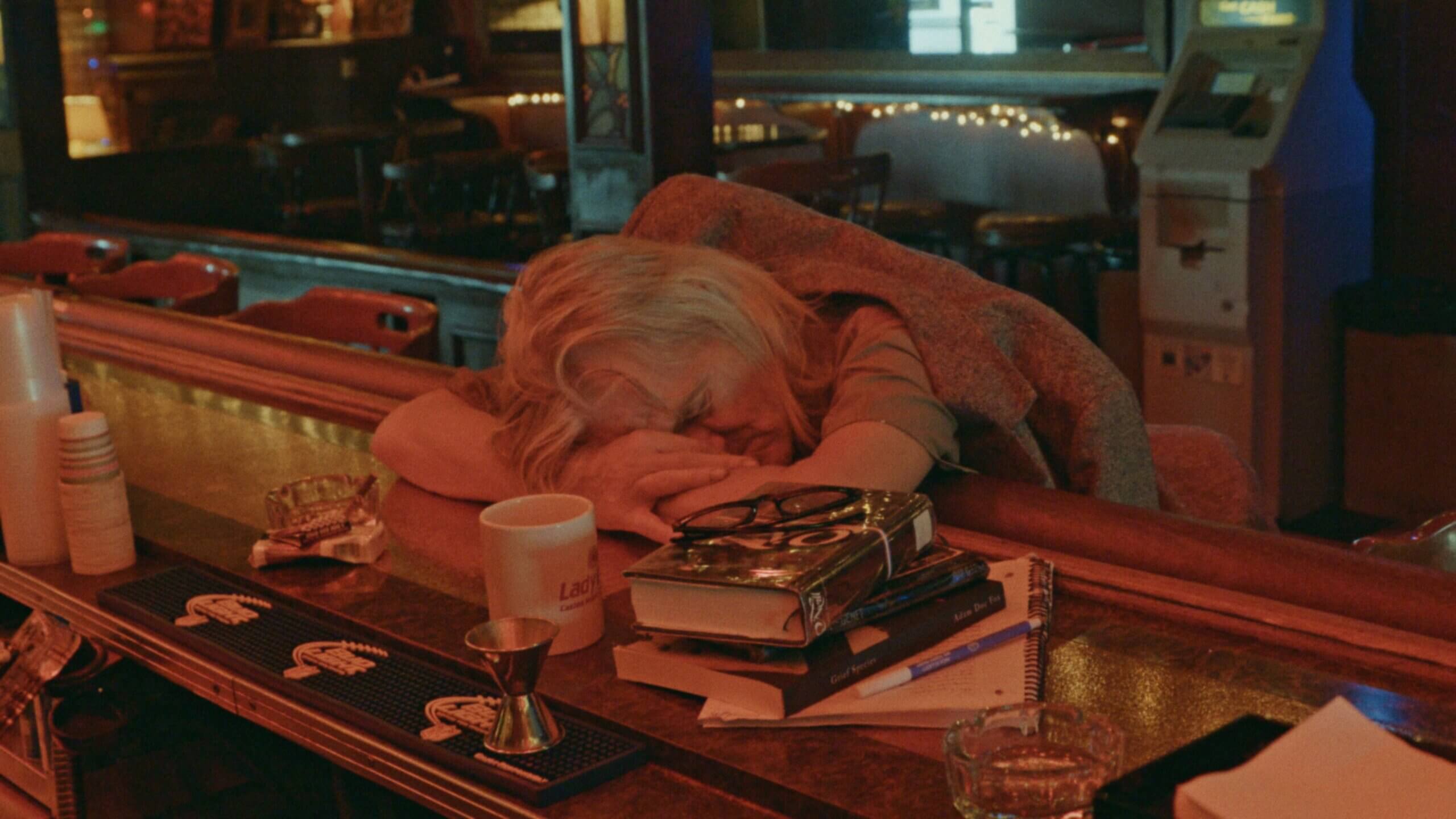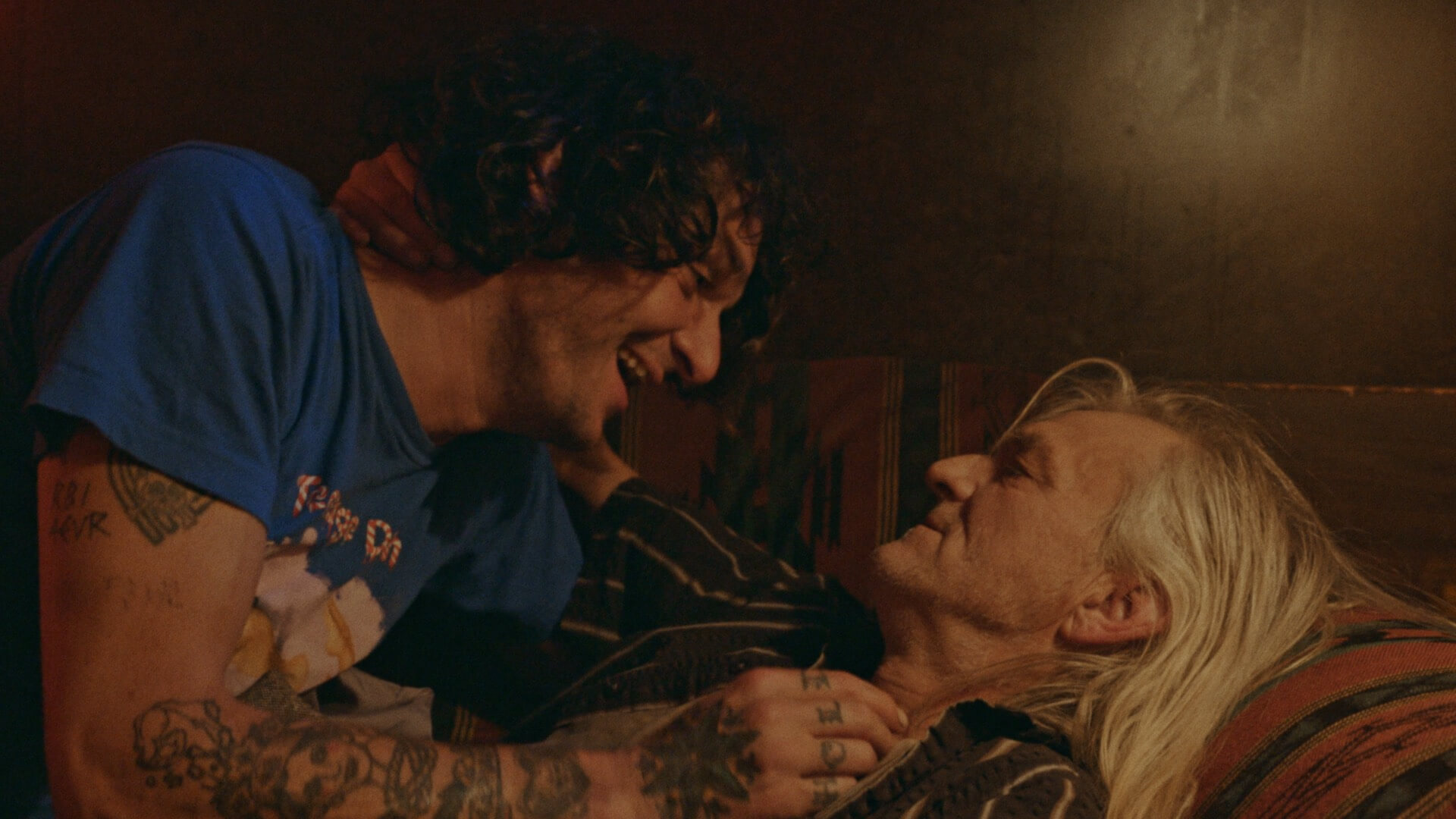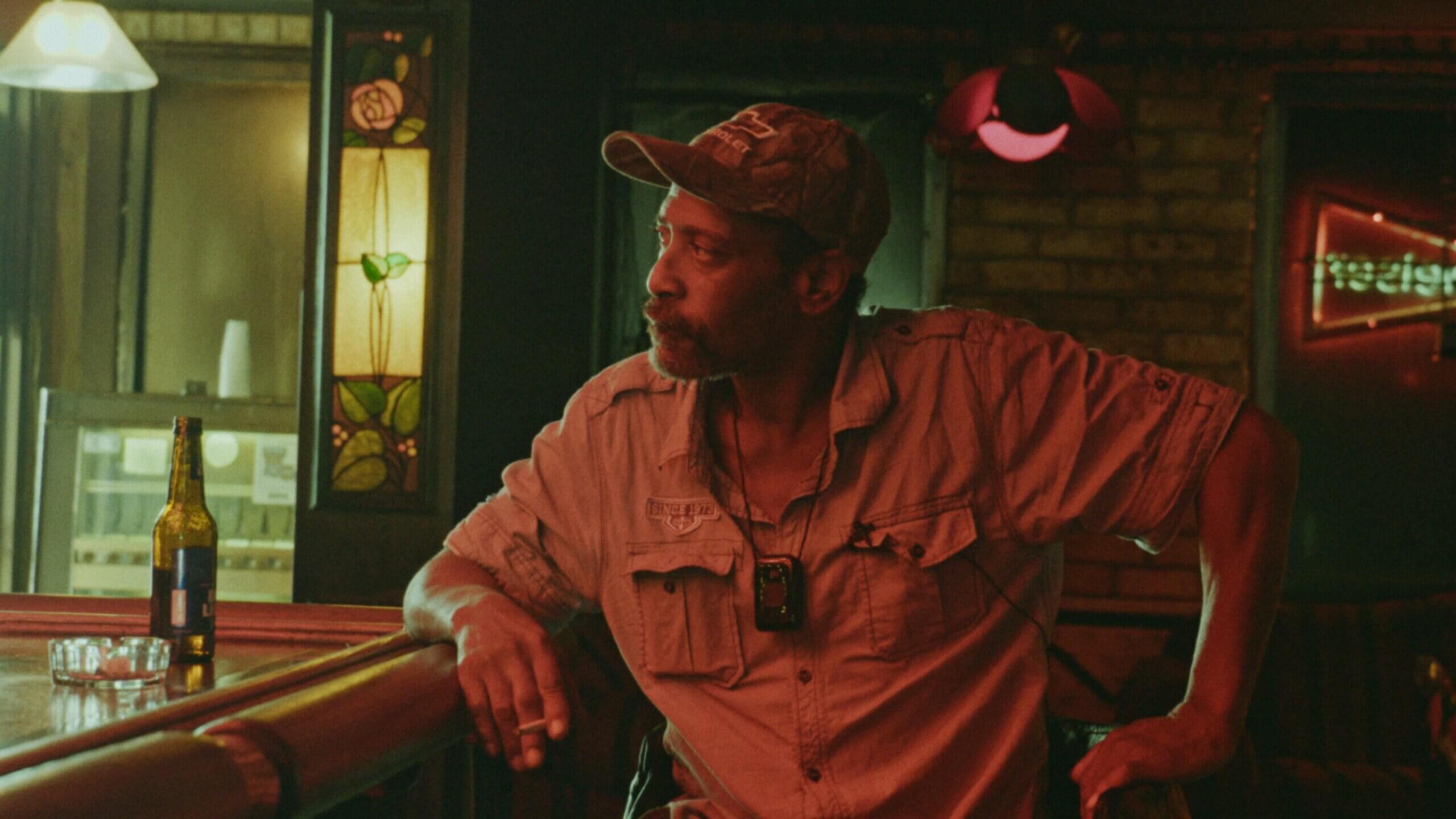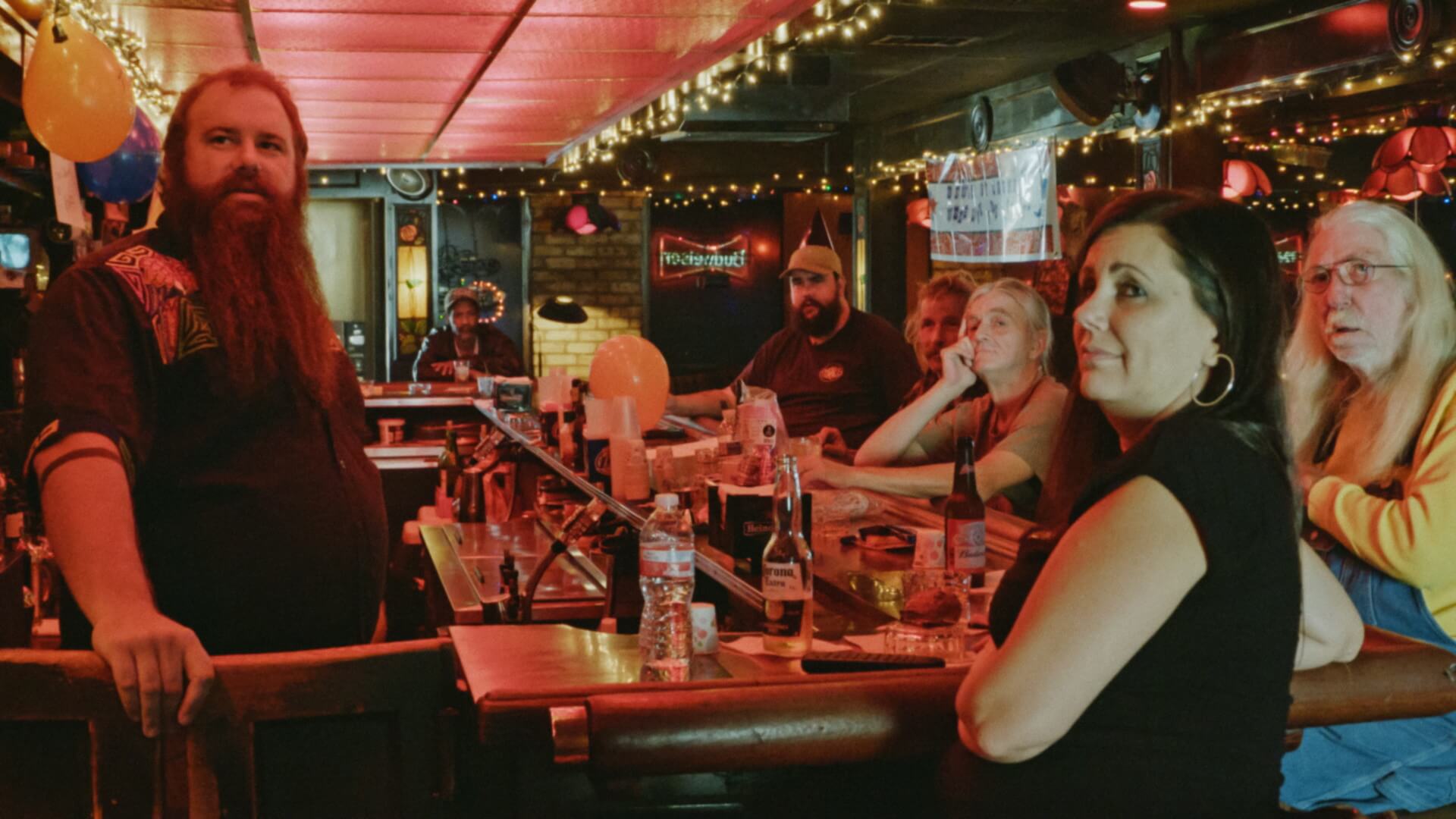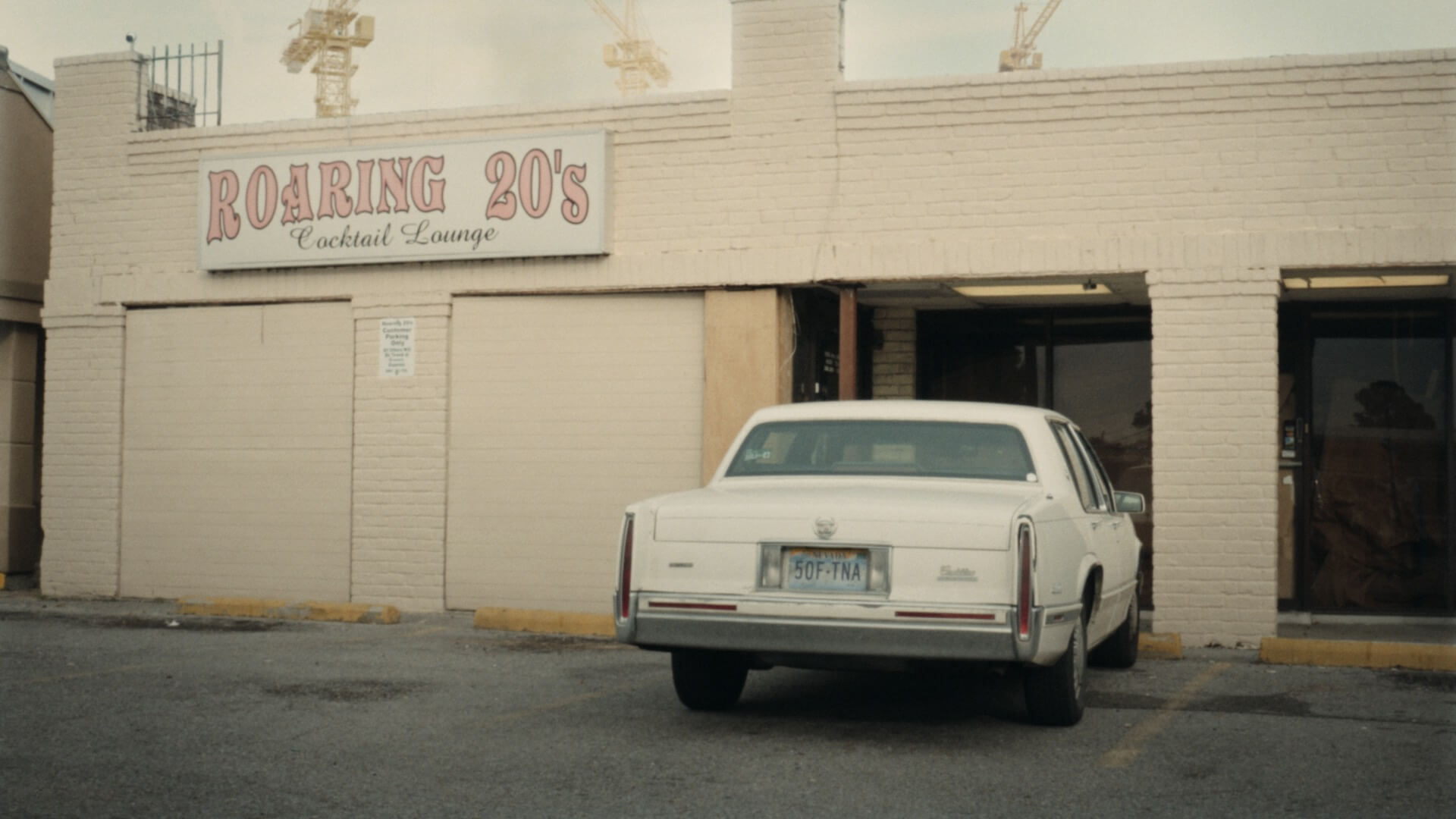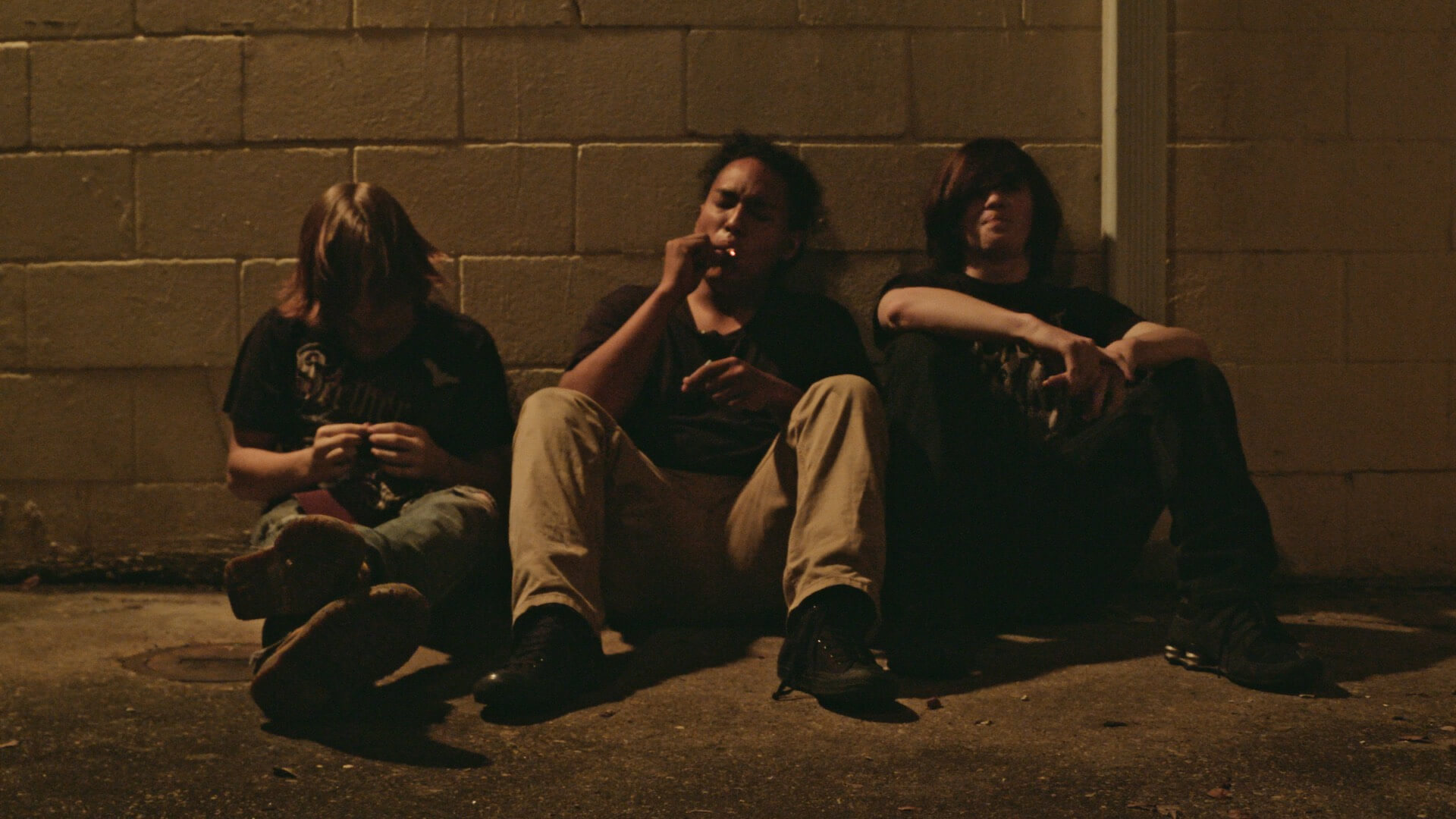Original title: Bloody Nose, Empty Pockets
Directors: Bill Ross IV, Turner Ross
Producer: Michael Gottwald, Chere Theriot
Executive producer: Davis Guggenheim, Jonathan Silberberg, Nicole Stott, David Eckles, Minette Nelson, Matt Sargeant, Bryn Mooser, Kathryn Everett, Josh Penn
Featuring: Michael Martin, Cheryl Fink, Marc Paradis, John Nerichow, Lowell Landes, Ira J. Clark, Bruce Hadnot, Pete Radcliffe, Felix Cardona, Al Page, Rikki Redd, Pam Harperm, Shay Walker, Tra Walker, Trevor Moore, Kevin Lara, David S. Lewis, Kamari Stevens, Sophie Woodruff, Miriam Arkin
Cinematograpy: Bill Ross IV, Turner Ross
Visual Effects: Josiah Howison, Markus Rutledge
Editing: Bill Ross IV
Music: Casey Wayne McAllister
Production company: Department of Motion Pictures
Year of production: 2020
Genre: Documentary
Country: USA
Locations: Las Vegas, Nevada, USA; Terrytown, Louisiana, USA (Interiors [The Roaring 20s])
Language: English
Subtitles: German
Lenght: 98 Min
Rating: FSK 12
Aspect Ratio: 1:1.78
Sound: Surround 5.1
Resolution: Ultra HD (4K)


